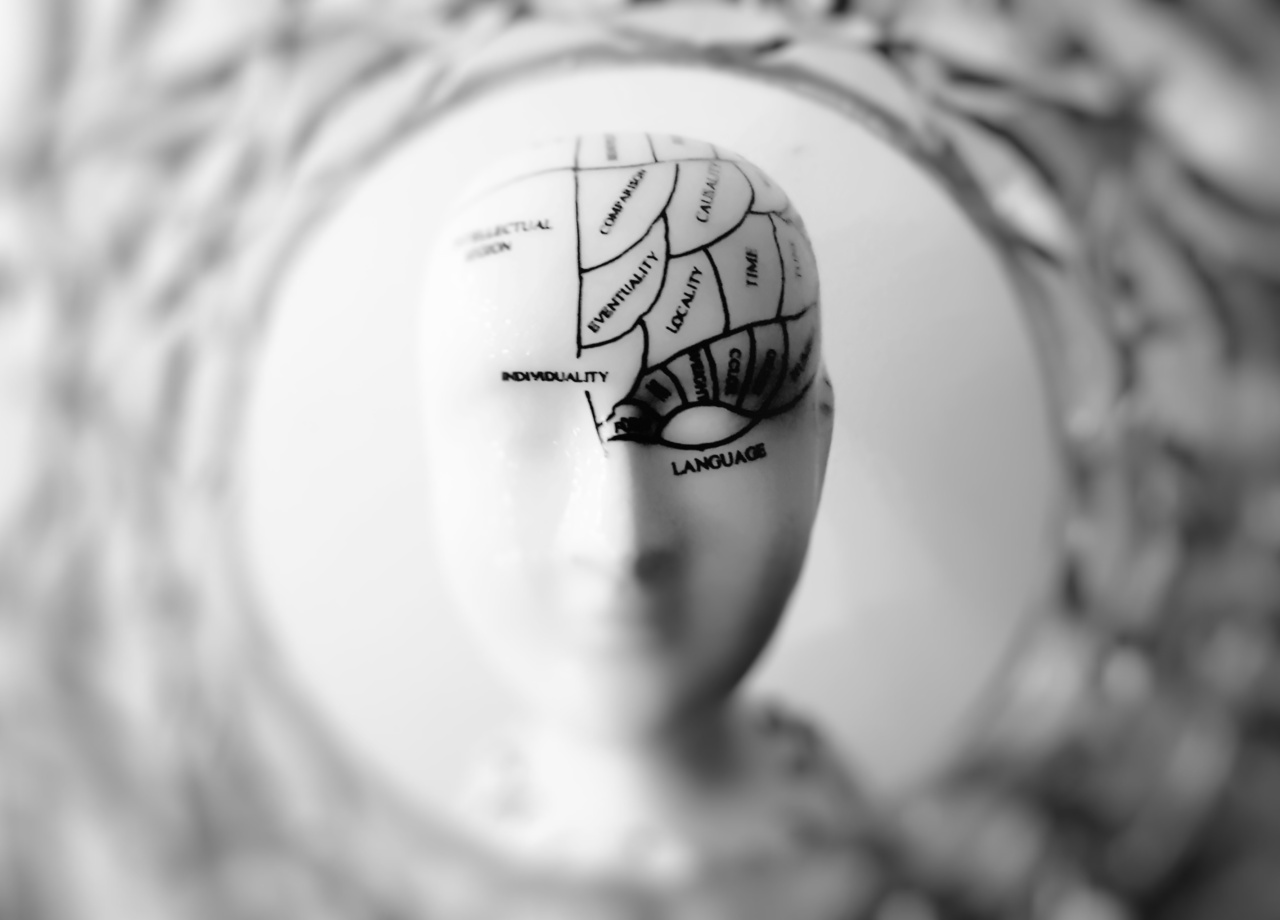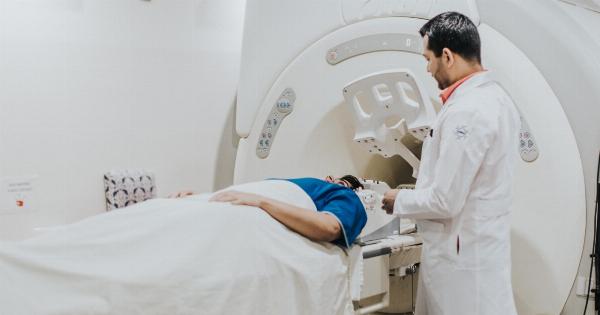Understanding how our body regulates appetite has always been a fascinating subject for scientists. For decades, researchers have been trying to unravel the complex mechanisms behind the sensation of hunger and the regulation of energy balance.
Recently, a breakthrough study has shed light on the appetite-regulating circuit in the brain, offering new insights into potential treatments for obesity and eating disorders.
The Brain and Appetite Control
The brain plays a crucial role in regulating appetite and controlling food intake. It receives signals from various parts of the body, including the gut, fat tissues, and hormones, to maintain a balance between energy intake and expenditure.
This intricate network of processes is referred to as the appetite-regulating circuit.
Scientists have long been aware of several brain regions involved in appetite control, such as the hypothalamus, brainstem, and reward-related areas. However, the precise mechanisms and interactions within this circuit have remained elusive.
A New Discovery: The Lateral Hypothalamus
In a groundbreaking study published in the journal Nature, a team of researchers has identified a previously unknown component of the appetite-regulating circuit – the lateral hypothalamus.
This region of the brain has been long associated with various physiological functions, but its role in appetite control has not been well understood until now.
The research team used advanced techniques, including optogenetics and chemogenetics, to precisely manipulate and study neurons in the lateral hypothalamus of mice.
They found that activating specific neurons in this area led to voracious eating behavior in the mice, ultimately causing obesity. Conversely, when they inhibited the activity of these neurons, the mice showed a significant decrease in food intake and lost weight.
Interconnections with Other Brain Regions
Further investigation into the appetite-regulating circuit revealed intricate connections between the lateral hypothalamus and other brain regions.
One notable finding was the link between the lateral hypothalamus and the paraventricular nucleus of the hypothalamus (PVN). The PVN is known to be involved in regulating satiety – the feeling of fullness after a meal.
The researchers discovered that activation of lateral hypothalamus neurons projecting to the PVN increased the appetite and food intake, while inhibition of these connections had the opposite effect.
These findings indicate the crucial role of interconnections between different brain regions in maintaining a balance between hunger and satiety.
Neurotransmitters and Hormonal Regulation
Further exploration of the appetite-regulating circuit uncovered the involvement of various neurotransmitters and hormones.
One neurotransmitter of particular interest is melanin-concentrating hormone (MCH), which is abundantly found in the lateral hypothalamus.
When the researchers selectively deleted the MCH neurons in mice, they observed a significant decrease in appetite and body weight. This suggests that MCH plays a crucial role in promoting food intake and regulating energy balance.
Understanding the specific mechanisms of MCH and other neurotransmitters in the appetite-regulating circuit may open up new avenues for targeted therapies.
In addition to neurotransmitters, several hormones have been implicated in the regulation of appetite. Leptin, often referred to as the “satiety hormone,” suppresses appetite and promotes energy expenditure.
Ghrelin, on the other hand, is known as the “hunger hormone,” as it stimulates appetite and enhances food intake.
The appetite-regulating circuit acts as a mediator between these hormones and the corresponding brain regions, ensuring a delicate balance.
Disruptions in this circuit can lead to dysregulated appetite control, potentially contributing to the development of obesity and eating disorders.
Potential Implications for Obesity and Eating Disorders
The groundbreaking discovery of the appetite-regulating circuit, particularly the role of the lateral hypothalamus, holds significant implications for the development of new therapies for obesity and eating disorders.
By understanding the mechanisms behind appetite regulation, scientists may be able to develop targeted interventions that can modulate the activity of specific neurons or manipulate the levels of neurotransmitters and hormones.
This could potentially restore the delicate balance between hunger and satiety and help individuals struggling with obesity or eating disorders regain control over their appetite.
Conclusion
The recent discovery of the appetite-regulating circuit in the brain, specifically the role of the lateral hypothalamus, has opened up exciting possibilities for understanding and treating appetite-related disorders.
Scientists are now equipped with a more comprehensive understanding of the complex interconnections between different brain regions and the involvement of neurotransmitters and hormones in regulating appetite.
Further research in this field will undoubtedly uncover more details about the intricate mechanisms behind appetite control and pave the way for innovative treatments.
The ultimate goal is to develop strategies that can restore the delicate balance in the appetite-regulating circuit, offering hope for those affected by obesity and eating disorders.



























